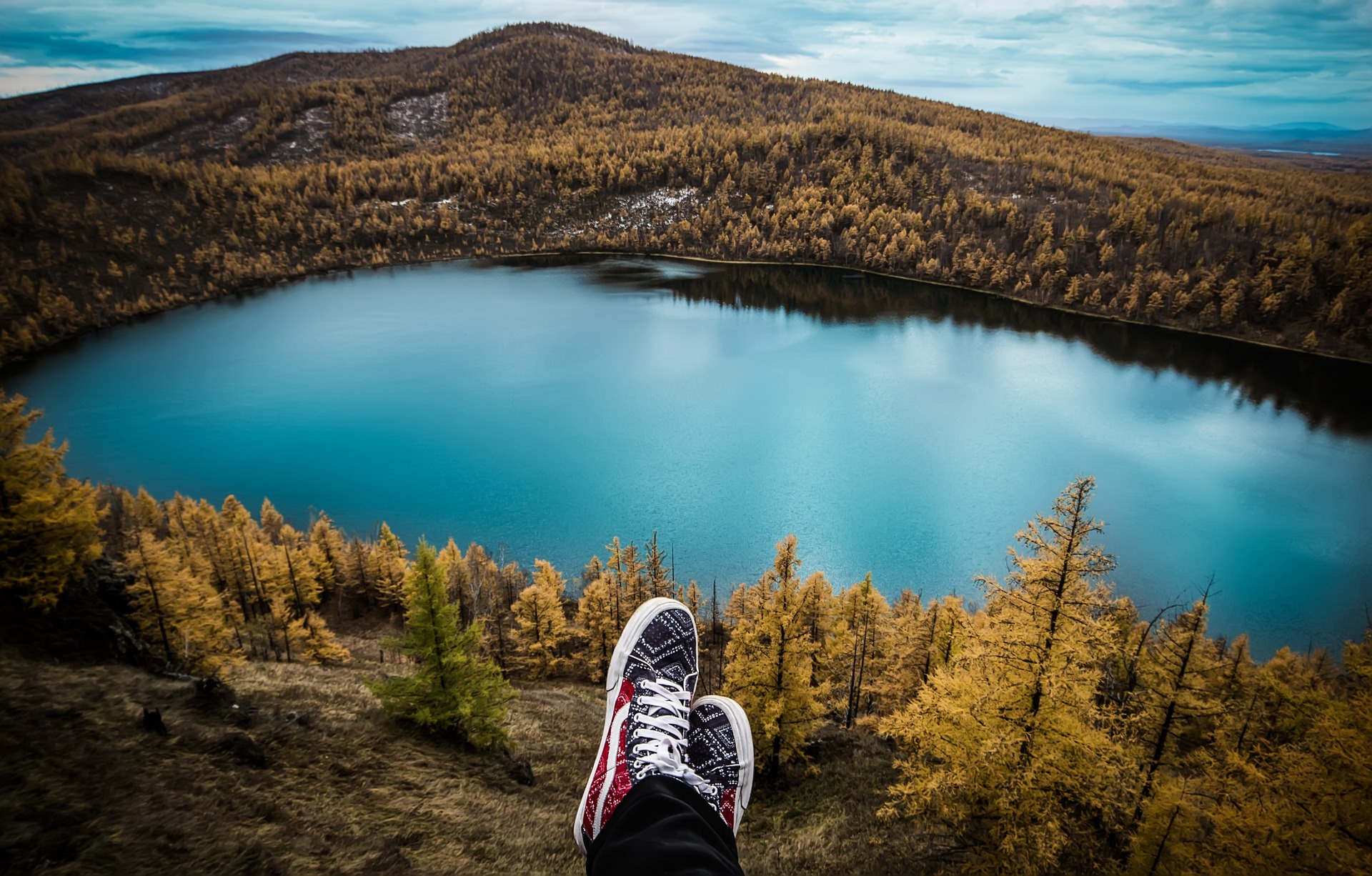Rediscovering the Charm of Canoeing: A Journey through Time and Current Trends
The allure of a canoe cutting through tranquil waters, a single paddle stirring up droplets that glitter in the sunlight—there's a certain magic that only canoeing can conjure. This age-old mode of transportation is making a quiet comeback, offering a unique blend of adventure, relaxation, and connection with nature. Let's delve into the past, present, and future of canoeing as a travel trend.
A Glimpse into the Past: Canoes through the Ages
From the Native American tribes who crafted these vessels for fishing and trading to the European explorers who adopted them for travel—canoes have navigated the waters of history with grace and utility. The construction and use of canoes varied across different cultures, reflecting an intricate relationship between the people, their environment, and their needs.
The Modern Appeal: Canoeing in Today’s World
As people increasingly seek ways to disconnect from digital distractions and reconnect with nature, canoeing has risen in popularity. It offers a peaceful escape from the hustle and bustle, providing the opportunity to explore untouched waterways, observe wildlife up close, and simply enjoy the rhythm of paddling.
Pros and Cons: The Impact of Canoeing on Travelers
Canoeing is a versatile form of travel, suitable for a variety of fitness levels and interests. It offers a low-impact workout, promotes mindfulness, and encourages environmental awareness. However, it does come with challenges. Weather conditions, water currents, and physical endurance can affect the experience, and there is a learning curve to mastering paddling techniques.
Canoeing Curiosities:
-
The world’s oldest known canoe, the Pesse canoe, dates back to around 8040-7510 BC.
-
Canoeing became an official Olympic sport in 1936.
-
There are two primary types of canoeing: recreational and whitewater, each requiring different skills and equipment.
The Future of Canoeing: Trends and Predictions
With the rise of experiential and wellness travel, canoeing is poised for further growth. The industry is seeing an increase in eco-friendly canoe models and adaptive equipment for paddlers with disabilities. Moreover, canoeing is gaining traction in the tourism sector, with more guided tours and canoe-centric holiday packages emerging.
To conclude, the humble canoe, a vessel steeped in history, is carving out its place in modern travel. It’s more than just a mode of transportation—it’s a way to slow down, savor the moment, and truly immerse oneself in the natural world. Canoeing serves as a reminder that sometimes, the simplest forms of travel can offer the most profound experiences. So, why not grab a paddle, step into a canoe, and chart a course toward adventure?




